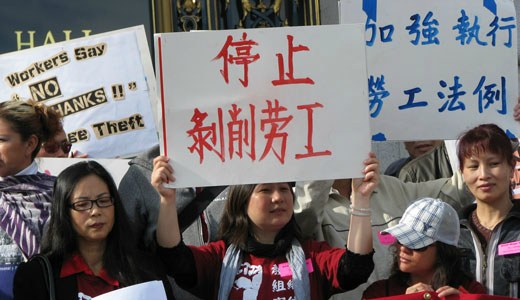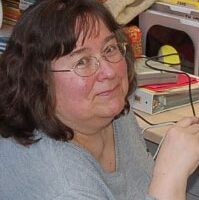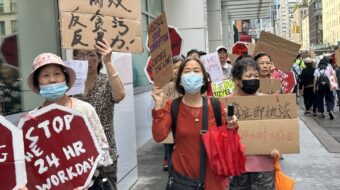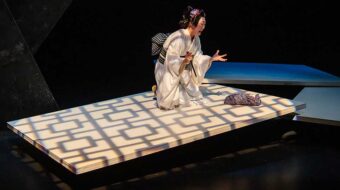
When did your family arrive in the U.S.? Some of my ancestors came from parts of Eastern Europe around 125 years ago. Others came from parts of Western Europe before our civil war. They were pretty much all various shades of white, although some had strong, Asian-looking Slavic features.
Peoples have been arriving on the North American continent for thousands of years, over land bridges and across oceans, some on foot. Some came as adventurers, some were dragged from their homes and sold here as if they were farm animals, some were lured with false promises, some fled famine or pogroms.
I live in Chicago’s Bridgeport neighborhood. This is an area near the old meatpacking plants written about by journalist Upton Sinclair in The Jungle. Workers at these plants came from all the immigrant pools as they arrived and from the sons of former slaves who migrated north (see Bill Duke’s powerful 1985 film, The Killing Floor). It was a struggle for union organizers to get information out in all the languages spoken by the workers.
The Irish who arrived here were canal diggers and the story of them and their families was movingly told by Virginia Warner Brodine in her novel, Seed of the Fire.
Some of my neighbors in this working-class section of Chicago are recent arrivals and some are third, fourth and umpteen generations here. According to the real estate section of the big newspaper (often a good source of information) the largest ethnic population here is Mexican and the fastest growing is Chinese. Actually, Asian Americans as a whole are the fastest growing segment of the U.S. population.
I see by the AFL-CIO Now Blog a new report is out that “shreds stereotypes of Asian Americans.” Does it ever! This is something we all should be reading. The name of the report is “Community of Contrasts: Asian Americans in the United States.” A downloadable PDF of the 68-page report is available at the website of the Asian American Center for Advancing Justice.
I found some of the more important sections of the report to be the ones dealing with poverty, voter registration and union membership, extremely important issues for all organizers and activists in our political process.
The blog’s author, Adele Stan, also provides information on the work of the AFL-CIO constituency group APALA (Asian Pacific American Labor Alliance). The group’s work includes everything from rallying small business owners in Ohio to oppose Ohio’s anti-labor bill SB5 to working with some 800,000 Asian Pacific American workers represented by public sector unions. (The Community of Contrasts report highlights the benefits of union membership for Asian Americans, just as it is for all workers.)
As has always been the case in this country of immigrants, many Asian Americans are immigrants, some with children born here and some who were brought here themselves as children. They have been studying and working hard here and need a fair path to citizenship, especially the children. According to the report, one in 10 of the youth qualifying for the DREAM Act is Asian American.
Well, here we all are now and it’s 2011. Workers are fighting to organize unions and to protect collective bargaining. Young people and retirees, unemployed workers and those who’ve lose their home in foreclosures are Occupying Wall Street and dozens of other places across the country. We need to know and understand where we came from, how we got here, and our common interests, all of us in the 99 percent.
Photo:At a WageTheft protest by the San Francisco Progressive Workers Alliance and supporters, part of National Day of Action against Wage Theft initiated by Interfaith Worker Justice. In Nov. 2010 Marilyn Bechtel/PW










